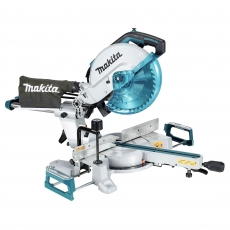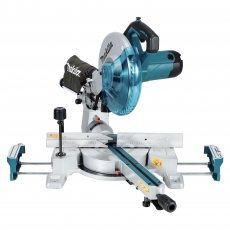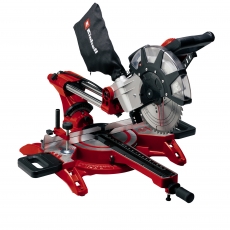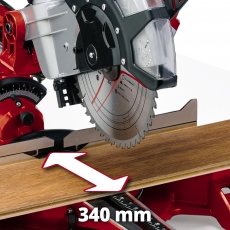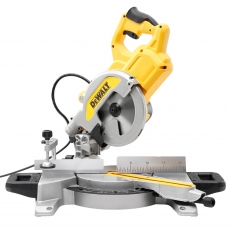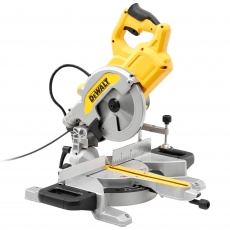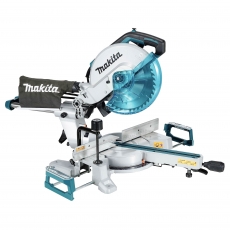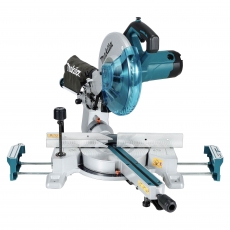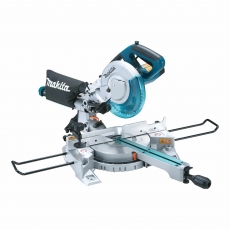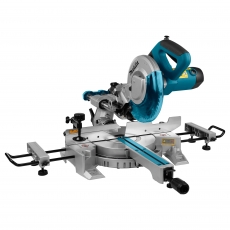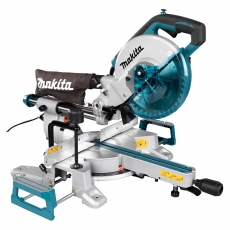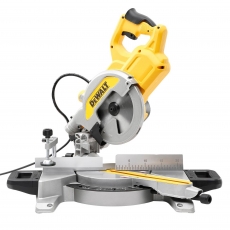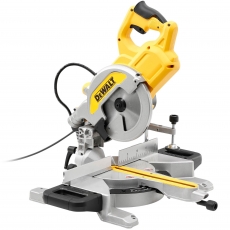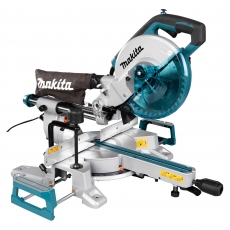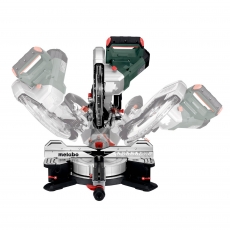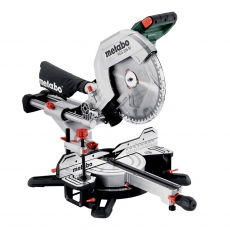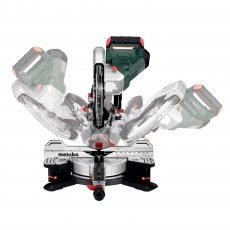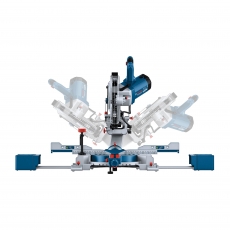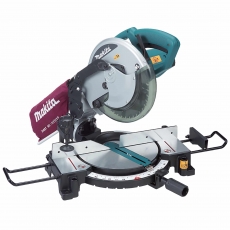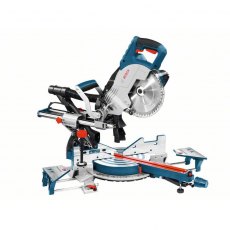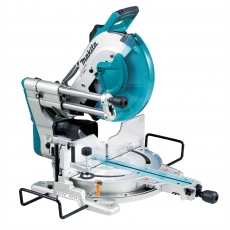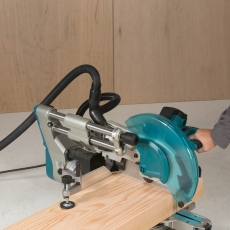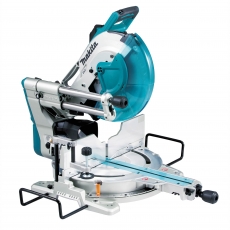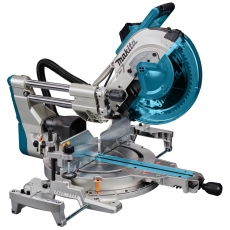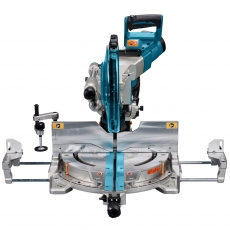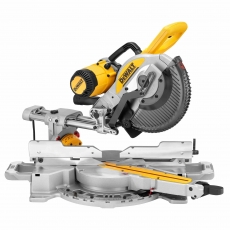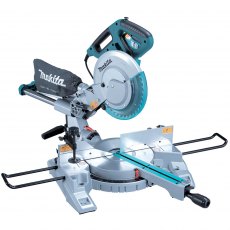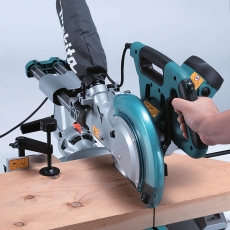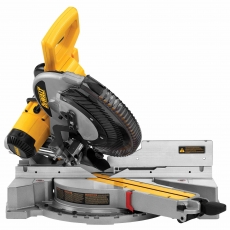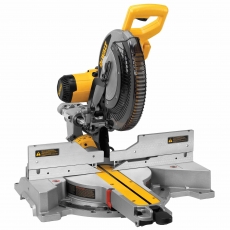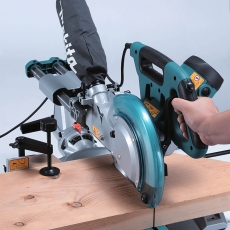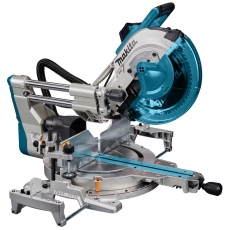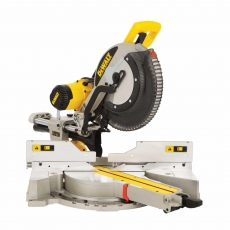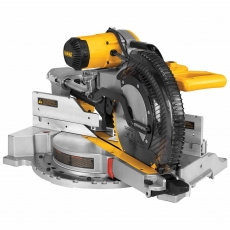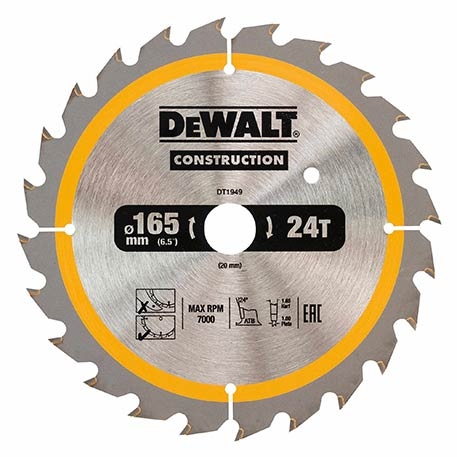Currently Out Of Stock
Mitre Saws
Ideal for moulding, trimming, and other general carpentry work, mitre saws enable you to cut at very specific, accurate angles with a spinning circular saw blade. They lock everything into place to make highly accurate cross, mitre, and bevel cuts. So, if you’re making the same cuts over and over, a mitre saw will be an invaluable tool to get your job done quickly and efficiently.
For the most versatile cutting experience, look for models that can pivot in both directions. You will also find that the best mitre saw models allow you to move back and forth as you saw. This is essential if you’re planning to cut larger pieces of wood such as fence posts and planks.
You’ll find a wide selection of DeWalt mitre saws and Makita mitre saws at ToolStoreUK. We also stock measuring & marking out tools, and various types of mitre saw blades, for cutting different types of material, in a range of sizes. Blades with more teeth generally deliver a finer cut for finishing.
Frequently Asked Questions
What types of mitre saw are available?
Corded mitre saws
Corded mitre saws are great for delivering huge amounts of reliable and consistent power. If you’ll be making a lot of wide crosscuts or using hardwoods, you may want to consider a more powerful corded mitre saw.
Cordless mitre saws
It’s not always necessary to be tethered to a cord. Cordless mitre saws are often the ideal choice when working on-site where mains power isn't accessible.
Compound mitre saws
Compound mitre saws can pivot left and right, as well as tilt – helping you achieve more complex cuts such as bevelled angles. They can be mounted onto leg stands, benches, or tables to make cuts in non-ferrous metals, plastics, and wood.
Double bevel mitre saw
Single bevel mitre saws will bevel – or swing the blade – to one side only. A double bevel mitre saw will bevel both ways and are often preferred by professionals as they improve efficiency and workflow by allowing precise and uniform cuts on both sides of your workpiece.
Sliding mitre saws
Sliding mitre saws feature a radial arm that lets you move the blade back and forth as you cut. The length can be adjusted for increased accuracy every time.
What's the difference between a chop saw and a mitre saw?
The main difference between a chop saw and a mitre saw is the material they are designed to cut. Mitre saws are typically used for wood, although they can also cut through non-ferrous metals and plastics. Chop saws are used to cut through metal ¬– mostly steel.
Mitre saws are designed to make precise cuts at many different angles, usually through wood. With the correct blade you can use a mitre saw to cut through non-ferrous metal but, generally speaking, mitre saws are used by joiners, carpenters and kitchen fitters to cut wood.
Chop saws use a large, abrasive cutting disc or blade to grind through steel, aluminium, and other metals quickly and accurately. Portable and powerful, these types of saws are ideal on the job site for cutting steel pipes, angle iron, and box sections. They are usually fitted with large spark guards to prevent sparks and will cut very thick material and thin-walled sections without snagging. To aid safe transportation, the cutting head can usually be locked in the closed position.
What size mitre saw do I need?
If you’re wondering what size mitre saw you need, it’s important to consider the tasks you will be carrying out as getting the right size is crucial. Bigger blades can be used for making deeper and wider cuts while smaller mitre saws are easier to handle and are better for more detailed and smaller tasks. The toughness and size of the material you’re cutting through will determine the size of mitre saw you need so have a think about what you will mostly be cutting through.
305mm blades are bigger and are also more powerful. 216mm blades cost less and are easier to handle because the cuts they make are smaller and less aggressive. They are also easier to transport around the workshop or the jobsite. These are all things you may wish to consider before choosing what size mitre saw you need.
Whatever size you choose, always make sure you have the appropriate protective clothing. Ensure you are wearing your goggles each and every time you make a cut. The protective eyewear will help protect your eyes from any flying debris. Gloves and long sleeve shirts will also help protect your body from any stray pieces of debris flicked up from the blade.
What's the difference between a single and dual bevel mitre saw?
Single and dual bevel mitre saws are the exact same power tool with one differentiating feature – a single-bevel mitre saw only tilts one direction; a dual bevel mitre saw tilts in both directions. This means a single bevel mitre saw can make a bevel cut but only in one direction, whereas a double bevel mitre saw can swivel to the left and the right, allowing you to cut bevels both ways without removing the workpiece from the saw and flipping it over to perform the reverse bevel cut.
One of the main benefits of a mitre saw is creating repeatable cuts. Cutting the same bevel cuts for both sides without having to rearrange the workpiece saves time and improves efficiency and increases accuracy. Dual bevel mitre saws are generally more expensive than single bevel mitre saws so if you’re not planning on doing a lot of trim and moulding a single bevel mitre saw will probably be just fine. If you’ll be using the bevel feature often, you may find the upgrade to a dual bevel mitre saw worth it. Professionals delivering time-critical projects may also find a dual bevel mitre saw is a better option.



